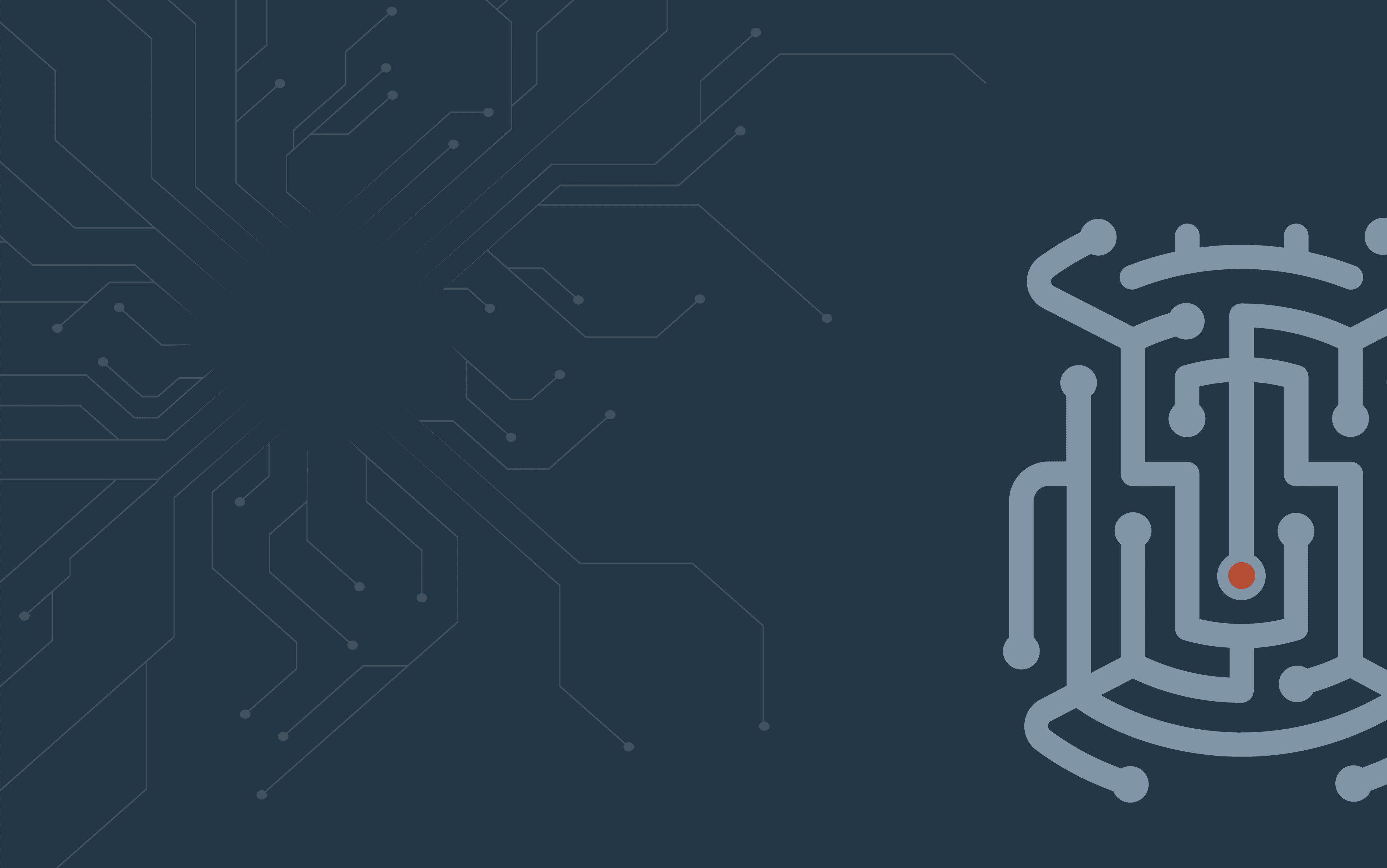
OPERATIONAL DEFECT DATABASE
...


...


Seen on all variants of Cat9k and Cat3k running any release 16.x.x or later where a configuration or state change is made that updates spanning-tree. Examples include, but are not limited to: - Adding a new vlan to the existing vlan database - bringing up one or a large number of interfaces at once (includes a switch doing an initial boot) - configuration of new RSPAN vlans These symptoms may not be seen every time a change is made, and can be intermittent.
A switch connected to a Catalyst 3k or Catalyst 9k switch may see errors similar to the following whenever a config or state change is made which updates the spanning-tree protocol: %SPANTREE-2-BLOCK_PVID_PEER: Blocking Port-channel1 on VLAN0101. Inconsistent peer vlan. %SPANTREE-2-BLOCK_PVID_LOCAL: Blocking Port-channel1 on VLAN0100. Inconsistent local vlan. %LINEPROTO-5-UPDOWN: Line protocol on Interface Vlan101, changed state to down %SPANTREE-2-UNBLOCK_CONSIST_PORT: Unblocking Port-channel1 on VLAN0101. Port consistency restored. %SPANTREE-2-UNBLOCK_CONSIST_PORT: Unblocking Port-channel1 on VLAN0100. Port consistency restored. %LINEPROTO-5-UPDOWN: Line protocol on Interface Vlan101, changed state to up
No workaround is necessary - The errors will be automatically resolved after few seconds with no user intervention. If the errors persist, this defect is not the cause of this problem.
The ultimate root cause of this issue is due to time it takes in the programming of the ASIC where the BPDUs will be sent/received. When you make changes, such as bringing up ports or creating new vlans, the switch must program this information into hardware across all interfaces so the ASIC can forward packets based on the new changes. Some changes create large batches of updates that must be programmed, and during large updates (which may not be limited to only spanning-tree), there may be a delay of several seconds for software to completely finish updating the hardware programming. Because the nature of spanning-tree is to send BPDUs every 2 seconds, there may be instances where for several seconds the hardware is not fully up to date, and BPDUs can be sent without dot1q tags but with the appropriate PVID, which triggers the errors on neighboring devices. This is why the symptom is expected to be temporary and resolve on its own. This bug has been closed, There is no software fix for this issue and the errors will be considered transient and can be ignored. Should the errors persist, and not automatically recover, it is recommended to contact Cisco TAC for additional troubleshooting.